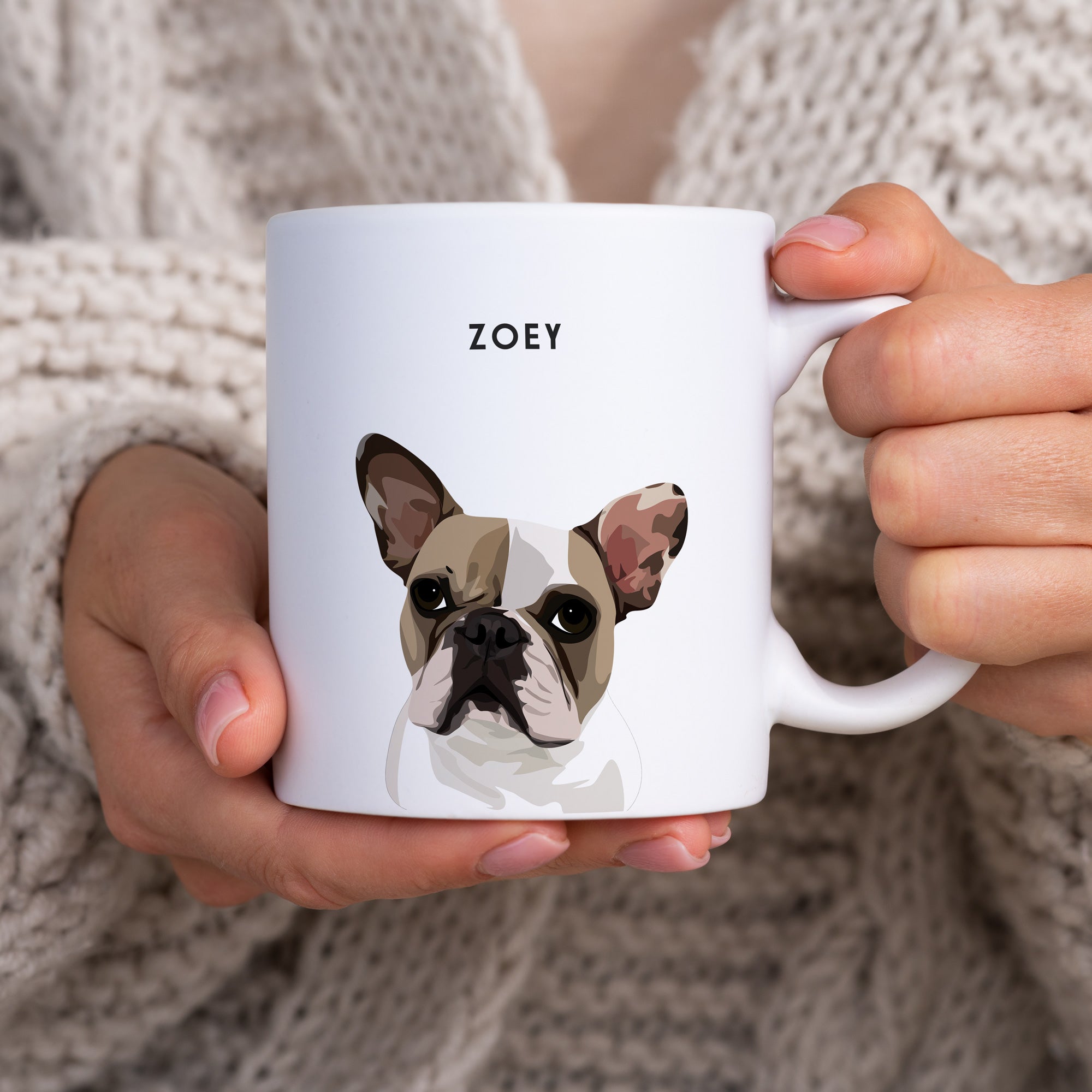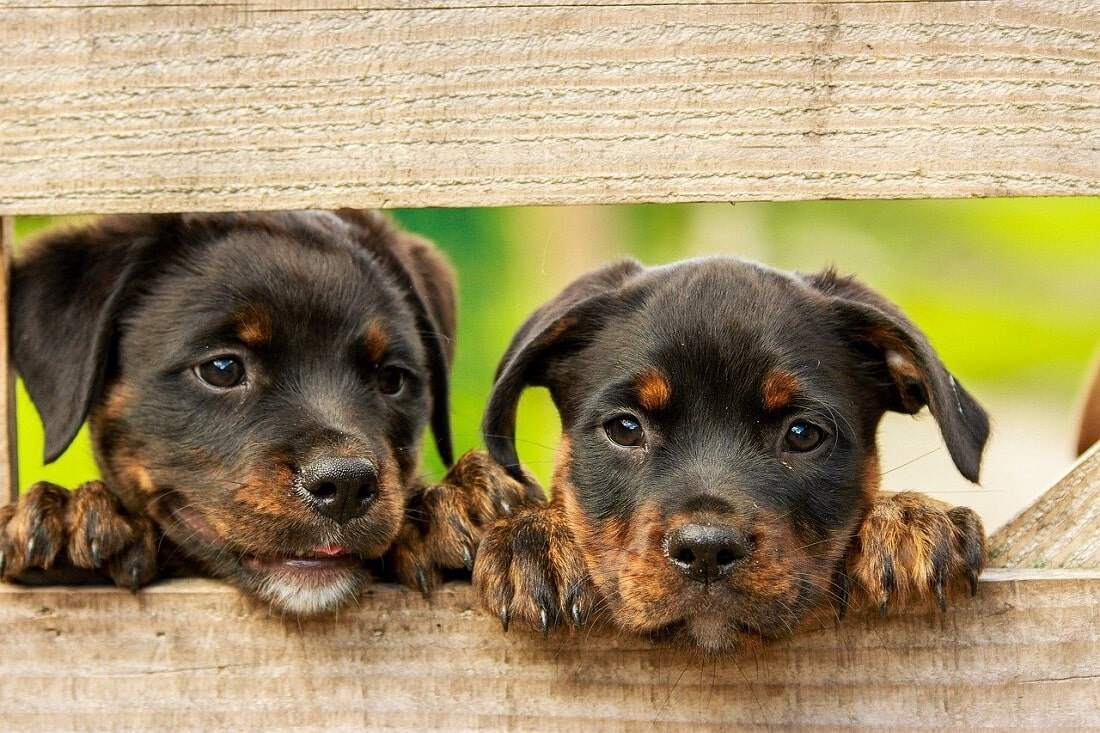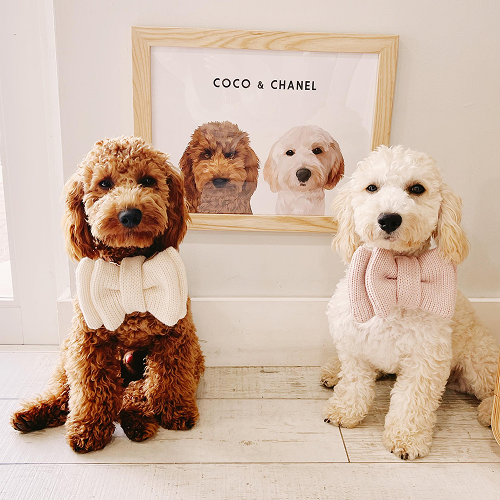Does your pet get the best spot on the couch? Crowd you out of your own bed? Dictate when it’s time to go for a walk?
Since pets are officially part of the family, it wouldn’t be surprising if the answer to all three questions was a resounding yes.
Of course, your pet already gets lots of love and attention, but why not throw them some more by taking high-quality photos of them that will capture their personality, let you show them off to friends and family, and keep them in your memory forever?
Taking photos of pets can be both fun and rewarding. But it can also be frustrating, especially if you’re trying to get that perfect shot.
Luckily, with some patience and the right approach you can snap an awesome photo of your pet that can serve as a quality memento for years to come.
Here’s everything you need to know about how to capture the perfect image of your pet.
Envision the Shot First

Taking the perfect picture of your pet starts before you even take out your camera. To make sure you get that ideal photo, it’s important to first have a good vision of the type of shot you want to get. To do this, keep the following in mind:
- What’s your pet’s personality? Part of getting the right photo includes capturing your pet’s personality. If they’re high energy and very active, a photo of them lazing around might be cute but not all that accurate. And the opposite is also true.
- What does your pet love? Do they have a particular treat that they really enjoy? A toy that they can’t live without? Do they love the water? Leaves? The closet? Whatever it is, capturing your pet in an environment where they’re surrounded by things they love is only going to produce a better photo.
- Do you have a particular style in mind? Some people just want a photo of their pet, but others want to turn this photo into a work of art. If that’s what you want, then think about the style you want before the shoot begins. Do you want it in black and white? A portrait? A close-up? Deciding how you want the final product to look will help you set up your photo shoot right so that you can take the perfect picture.
As you’re going through this brainstorming process, remember that you’re not married to the ideas you come up with. Instead, these are just starters.
Use this vision to create an interesting photo shoot environment, and then see what comes up. You’ll often find that your pet will do a lot of the work of making this photo perfect. You’ve just got to put them in the right position!
Get the Lighting Right

Lighting is perhaps the most important aspect of taking a good photo. It doesn’t matter if your subject material is perfect or if the lens you have is top-of-the-line. If the lighting is wrong, the photo is going to look bad.
Indoor vs. Outdoor Light
One of the biggest questions you’ll have to answer when it comes to lighting is whether or not you want to use indoor or outdoor light. Each offers its own set of advantages and disadvantages.
The Case for Indoor Light
In general, outdoor light looks more “natural” because, well, it is. However, it’s also more unpredictable.
As you know, the sun moves throughout the day, and there are these things called clouds, so your light can change on you from one minute to the next. There’s nothing worse than trying to get a photo right and then having your light disappear on you.
Outdoor light also allows you to create effects you can’t so easily reproduce indoors. For example, shadows won’t look the same inside as they do outside. And taking photos on a cloudy day can produce a neat highlighted effect that you probably won’t be able to get if you do the shoot indoors.
Some of the best times to take outdoor photos are an hour after the sun comes up and an hour before it goes down. Often referred to as the “golden hours” by photographers, the sun casts light that is more yellow and orange during these times, which can lead to some really beautiful pictures.
Again, this is where it’s important to have a clear vision for your photo. If you want to showcase your pet in neat, interesting lighting, then definitely go outside.
The Case for Indoor Light
Indoor lighting, however, has its advantages.
For one, it can be brighter. If you have lots of light in a small room, you will get more light than if you’re outside, and this allows you to capture some unique details.
Plus, indoor lighting is more reliable and also more adjustable. If you think it’s too bright, all you need to do is switch off a light or turn it away from the subject. When you’re outside, you just have to wait for the sun to move.
Lastly, indoor lighting allows you to spread the shoot out over a couple of days. Outdoor lighting changes all the time, so if you start a shoot, you’ll want to finish it. However, if you’re inside, you can stop and come back at another time. This is particularly useful when trying to capture photos of pets who have a hard time sitting still for any significant period of time, or who tend to have very different moods you want to capture.
Choosing (or Finding) the Right Pose
Another thing to consider to be able to capture the perfect image of your pet is the pose you would like to strike.
Of course, this depends heavily on the type of pet you’re trying to get a picture of, as well as their personality. For example, if you want your goldfish to strike a pose, you might have a hard time convincing them to do so…
However, for other animals, this can be a lot of fun. But you may need to get creative as to how you do it. Well-trained animals might be able to sit still or strike a particular pose, but for those with a slightly more “I do as I please” attitude, you may have to coax them into posing by using toys or treats to distract them.
Another thing you can do is simply not let your pet know you’re taking a photo of them. Keep the camera close and when they strike the pose you want, snap a picture and see what you get. Of course, in this situation, it’s difficult to get the lighting right, so you may have to ask yourself what’s more important: the pose or picture quality?
In the end, whether you try to get your pet to pose for the photo is entirely up to you. Some posed shots come out wonderfully but candid ones are great too. Again, it goes back to your vision. If you’re looking for something a little more artsy, or that reflects a certain aspect of your pet’s personality, then a pose might work. Otherwise, make your own life easier and focus on getting a candid shot.
Tips and Tricks for Capturing the Perfect Image of Your Pet

Now you have the basics of capturing the perfect image of your pet, but there are other things you should keep in mind to increase the chances you get that ideal shot.
Some useful tips and tricks for taking a great pet photo include:
- Use high shutter speeds - As you know, pets can move fast. You might see them in a great position but by the time you get the camera in position they’ve moved. One way to overcome this is by using a fast shutter speed so that you can quickly capture photos. It’s also a good idea to turn on your camera’s continuous capture mode. This will take several photos one right after the other, increasing the chances you snag that perfect shot. This is particularly useful if you’re trying to take an action shot.
- Use a wide-angle lens - Another fun trick you can do is use a wide angle lens. This will distort some of the perspective in the shot but it will also produce a nice highlighting effect that will really show off your pet and their unique personality.
- Take photos from pet level - Although your pets are (usually) smaller than you, don’t take photos of them while you’re standing up. You’ll get a much better effect by bending down and getting on their level. Once there, play around with different angles to see which is best for your pet.
- Avoid using the flash - Unless you really know what you’re doing, avoid using the flash. It’s not going to do any harm to your pet, but it can be really distracting. And it can also mess up the lighting and ruin a good photo. There are ways to use flash to make the photo better, but considering the risk to your pet, and of taking a bad photo, it’s best to leave it off during the shoot.
- Plan around their schedule - Our pets have their own routines, so plan your photo shoot keeping this in mind. For example, if you have a really hyper dog and you want to get some more relaxed photos of them, consider doing the shoot after they’ve gotten some exercise and are tired out. Or, if you want to get them while they’re running around, then do the opposite. No matter what, though, don’t plan the shoot at a time that will disrupt their routine, as this might make them anxious or cranky and sour the whole experience.
- Reward them and give them some love - It’s unlikely your pet will have any real idea what is going on, but all those cameras and people can be overwhelming. Make sure you don’t forget who your pet is while shooting and give them plenty of love and encouragement as you go. And, where appropriate, feel free to provide them with some treats as a reward for their hard work.
Let the Photo Shoot Begin
There’s a lot more to capturing the perfect image of your pet than just whipping out your phone and taking a few photos. Instead, you need to do some creative brainstorming, preparation, setup, and, of course, a few rounds of shooting. But if you follow the steps we’ve outlined here, and use some of the tips and tricks we’ve provided, you’ll soon capture an image of your pet that is both perfect and timeless. So, let the photo shoot begin!


